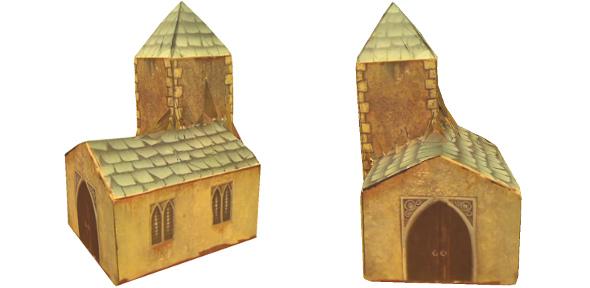
Constructing virtual 3D models usually requires heavy and expensive equipment, or takes lengthy amounts of time. A group of researchers here at the Department; Qi Pan, Dr Gerhard Reitmayr and Dr Tom Drummond have created a program able to build 3D models of textured objects in real-time, using only a standard computer and webcam. This allows 3D modeling to become accessible to everybody.
Qi, Gerhard and Tom presented the system at the 20th British Machine Vision Conference (BMVC'09), in London.
During the last few years, many methods have been developed to build a realistic 3D model of a real object. Various equipment has been used: 2D/3D laser, (in visible spectrum or other wave lengths), scanner, projector, camera, etc. These pieces of equipment are usually expensive, complicated to use or inconvenient and the model is not built in real-time. The data (for example laser information or photos) must first be acquired, before going through the lengthy reconstruction process to form the model. If the 3D reconstruction is unsatisfactory, then the data must be acquired again.
The method proposed by Qi and his colleagues needs only a simple webcam. The object is moved about in front of the webcam and the software can reconstruct the object "on-line" while collecting live video. The system uses points detected on the object to estimate object structure from the motion of the camera or the object, and then computes the Delaunay tetrahedralisation of the points (the extension of the 2D Delaunay triangulation to 3D). The points are recorded in a mesh of tetrahedra, within which is embedded the surface mesh of the object.
The software can then tidy up the final reconstruction by taking out the invalid tetrahedra to obtain the surface mesh based on a probabilistic carving algorithm, and the object texture is applied to the 3D mesh in order to obtain a realistic model. Thanks to this simple and cheap system, 3D reconstruction can become accessible to everybody.

(c) Delaunay Tetrahedralisation of point cloud, partitioning the convex hull into tetrahedra. (d) Carved mesh obtained from recursive probabilisitic tetrahedron carving. (e) Texture-mapped surface mesh.
The project won "Best Demo Prize" at a conference called ISMAR 2009 (International Symposium of Mixed and Augmented Reality).

